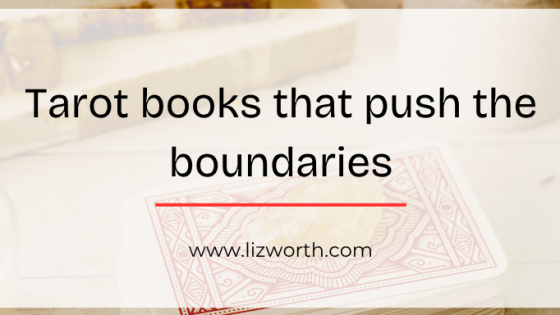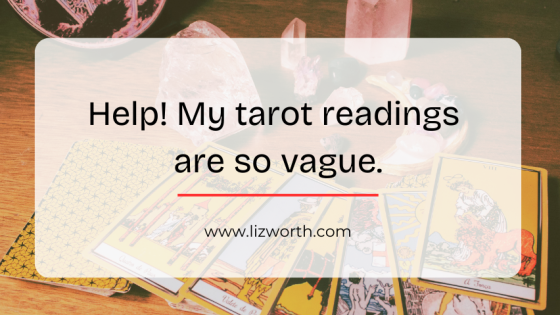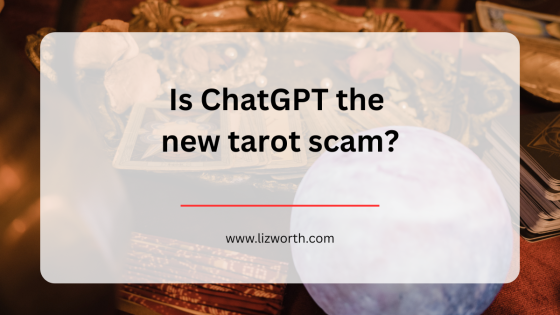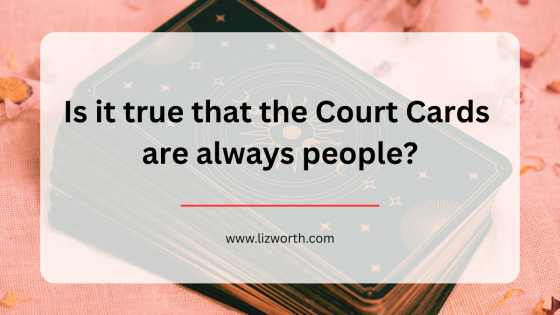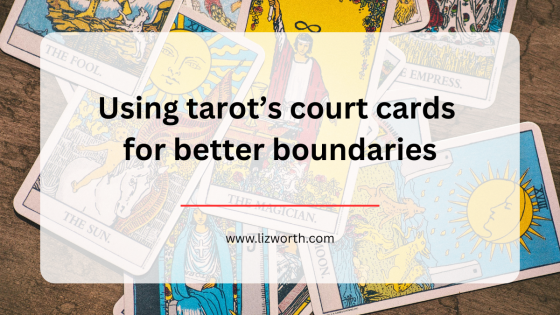Liz Worth
Looking for a new tarot book that takes you beyond the usual Tarot 101 formula? One of these titles might be just what you need.
Liz Worth
Have you ever given someone a tarot reading and felt like you were speaking in generalities? Here are some tips to give more specific ...
Liz Worth
Were you taught that the tarot’s court cards are always people? Learn where that idea comes from, and how to build new interpretations with t ...
Liz Worth
A tarot spread to use the court cards for establishing better boundaries.
Liz Worth
Struggling to interpret the Devil card? Here are some insights that might help you learn how to read the Devil when it shows up in a tarot ...
